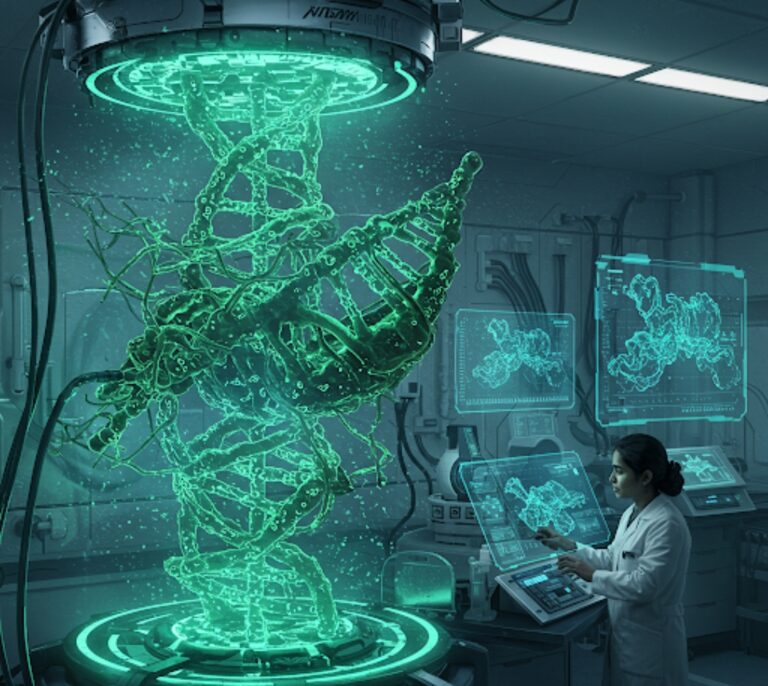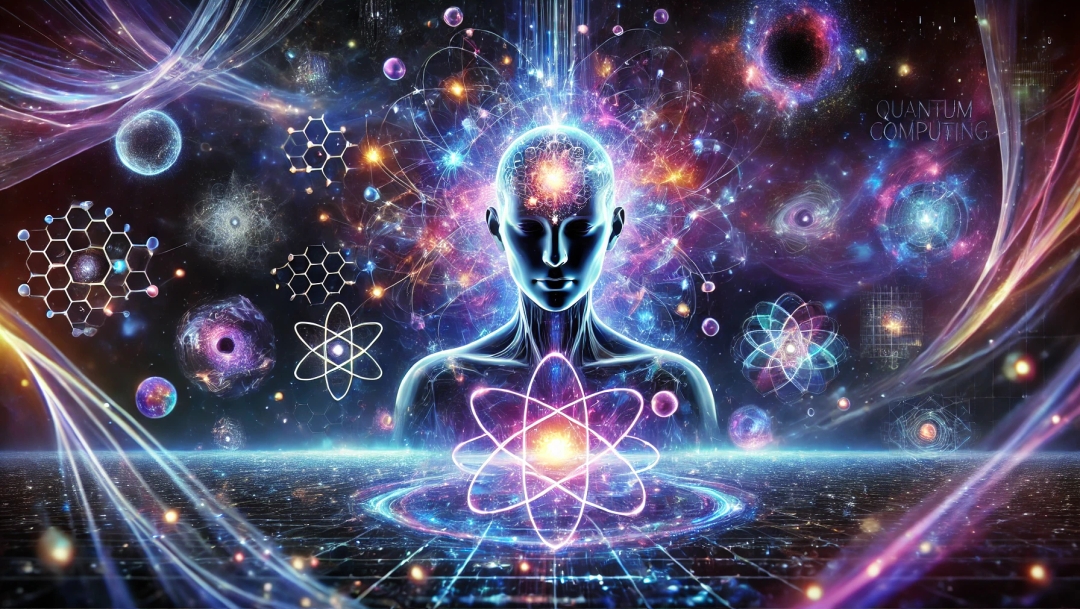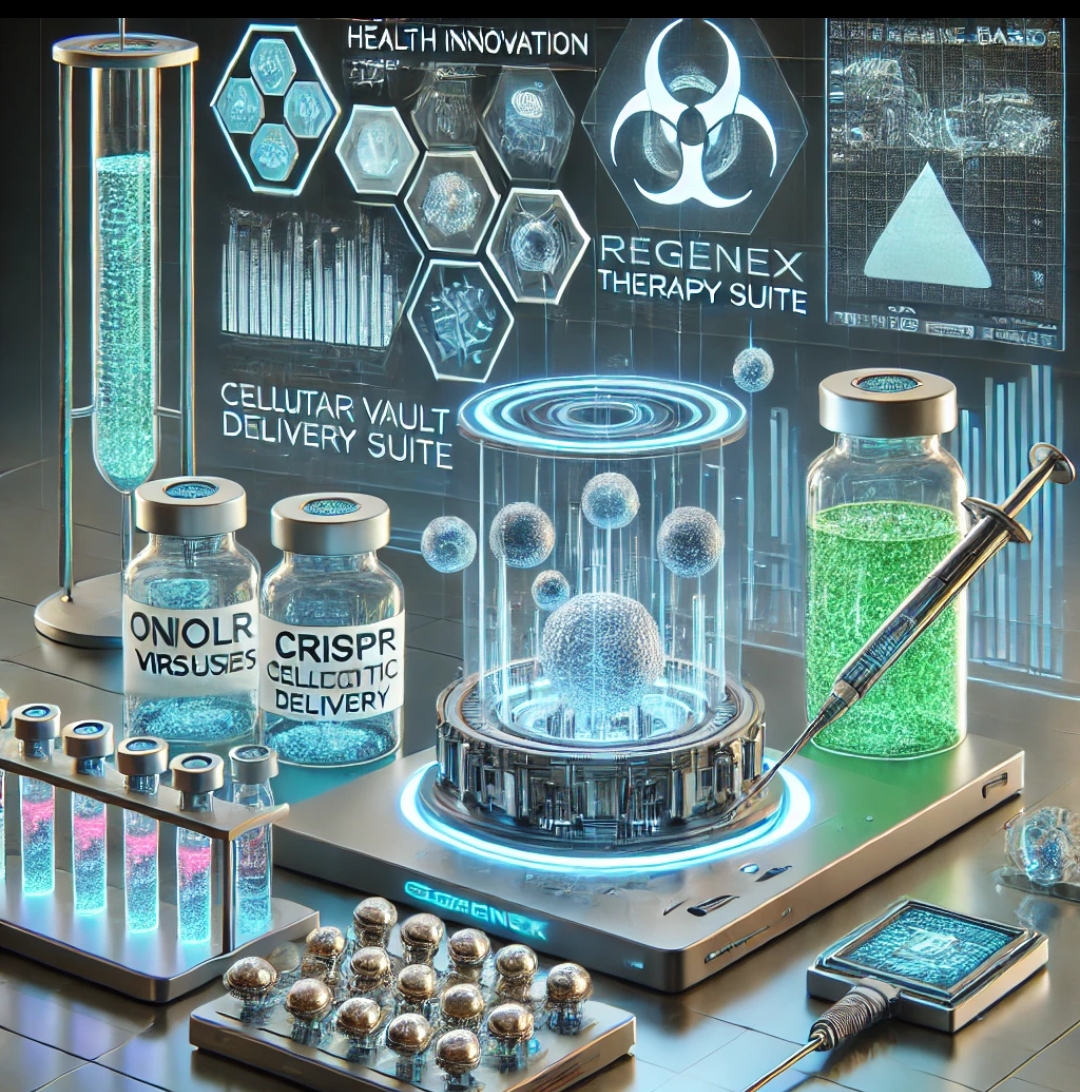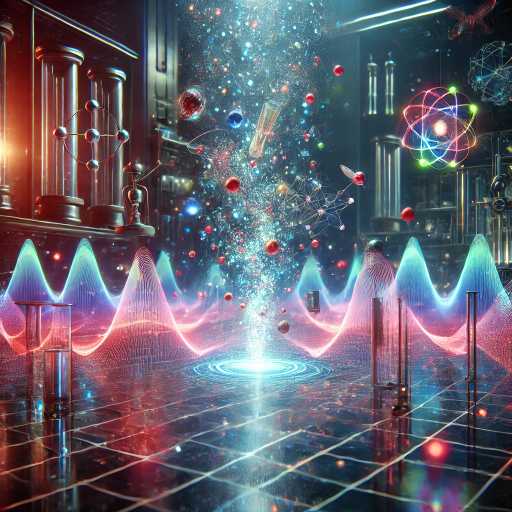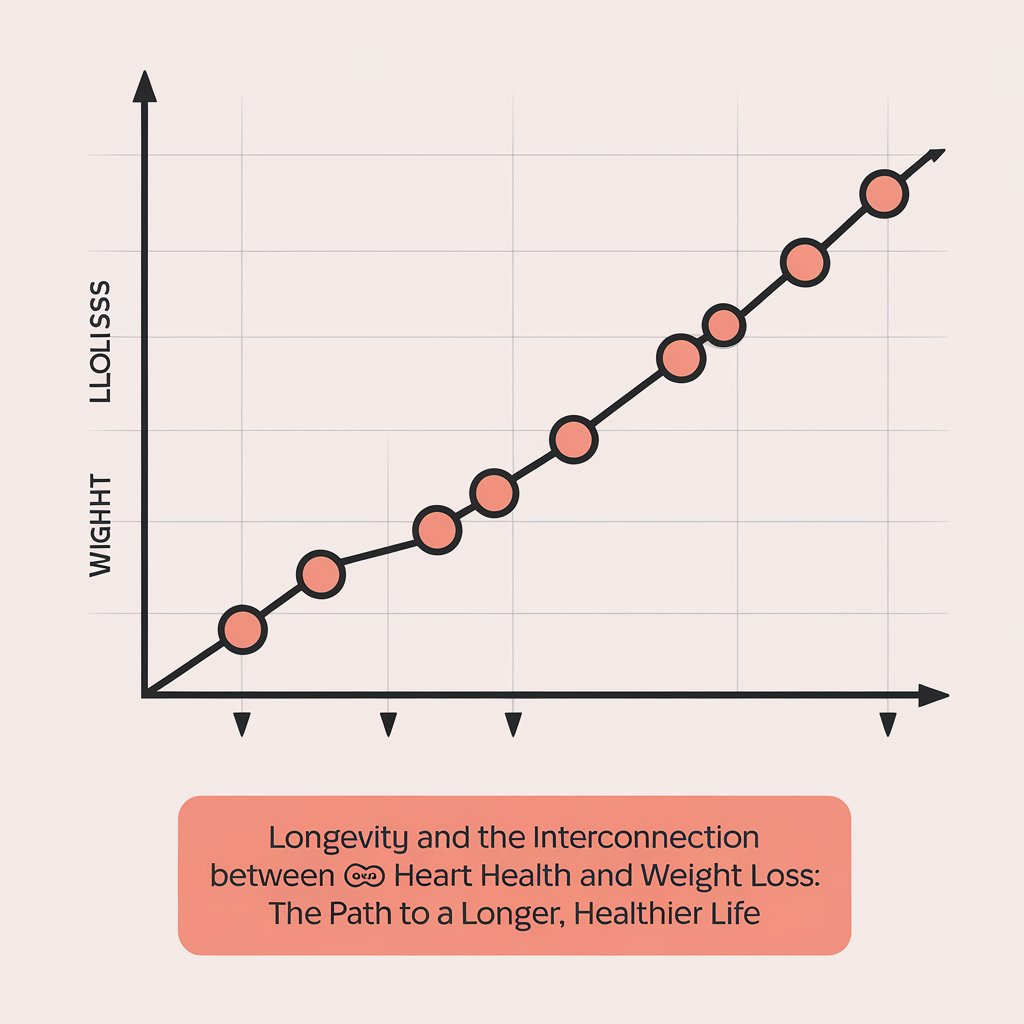The hushed halls of scientific institutions worldwide have erupted in a chorus of both exhilaration and profound contemplation. The revelation that bioengineers have successfully crafted living organisms capable of not only surviving but thriving and evolving within synthetic environments marks a watershed moment in the history of science. This isn’t a mere incremental step forward; it’s a quantum leap, propelling us into an era where the very definition of life expands beyond the confines of its traditional organic origins. The implications, as vast as the cosmos itself, promise to reshape our world in ways we are only beginning to comprehend.
The groundbreaking research, a culmination of years of dedicated effort and interdisciplinary collaboration, has meticulously demonstrated the seamless integration of nature’s fundamental building block – DNA – with cellular structures designed and constructed in the laboratory. These synthetic cells, far from being inert vessels, possess a remarkable degree of complexity, capable of supporting the intricate machinery of biological processes. The resulting hybrid organisms are not simply chimeras; they represent a new form of life altogether, possessing the inherent adaptability of biological systems coupled with the potential for tailored functionality offered by synthetic design.
The core of this revolution lies in the observed capacity for “synthetic evolution”. Unlike genetically modified organisms that retain their fundamental biological constraints, these syn-bio hybrids demonstrate an unprecedented fluidity in their ability to adapt to entirely novel surroundings. Exposed to environments devoid of the resources they would typically require, or saturated with substances that would prove toxic to their natural counterparts, these organisms exhibit a remarkable plasticity, their internal mechanisms shifting and evolving in real-time to not only survive but to flourish. This dynamic adaptability shatters the long-held notion that life is inextricably bound to specific natural conditions.
Scientists Unleash Synthetic Evolution, Redefining Life Itself:
The global scientific community is reeling today from an announcement that many once relegated to the realm of science fiction. A dedicated team of bioengineers has achieved what was previously considered a theoretical possibility, successfully creating living organisms capable of thriving in both natural and entirely synthetic environments. This monumental breakthrough, meticulously documented and peer-reviewed in a leading scientific journal, signifies not merely an advancement in biotechnology, but a fundamental shift in our understanding of life and its potential.
The research, conducted under tight security and involving a multi-disciplinary team spanning genetics, synthetic biology, and materials science, details the intricate process of integrating biological deoxyribonucleic acid (DNA) – the very blueprint of life as we know it – with artificially constructed cells. These aren’t simply modified organisms; they represent a novel hybrid entity, a testament to human ingenuity pushing the boundaries of nature itself.
A Symphony of Possibilities: The Revolutionary Potential Unveiled:
The implications of this scientific tour-de-force resonate across a multitude of fields, promising to usher in an era of unprecedented innovation:
The Age of Self-Healing Infrastructure: Imagine a future where the wear and tear on our essential infrastructure becomes a relic of the past. Bridges embedded with bio-engineered sensors and self-repairing organisms could autonomously detect and mend structural damage, extending their lifespan and significantly reducing maintenance costs. Pipelines carrying vital resources could heal leaks in real-time, preventing environmental disasters and ensuring uninterrupted supply. Even the very buildings we inhabit could possess the ability to mend cracks and reinforce their structural integrity.
What makes this discovery truly revolutionary is the observed behavior of these “syn-bio hybrids.” Unlike organisms confined to specific ecological niches, these engineered life forms demonstrate an astonishing ability to adapt, evolve, and grow in real-time across vastly different ecosystems. Imagine a microorganism capable of flourishing in the nutrient-rich soil of a rainforest one day and then seamlessly adapting to the harsh, chemical-laden environment of an industrial waste treatment plant the next. This is the power that synthetic evolution unlocks.
A Glimpse into the Revolutionary Future:
The implications of this breakthrough are staggering, painting a future brimming with possibilities that could reshape numerous sectors:
Self-Repairing Bio-Machines:
Envision microscopic machines, built from these hybrid organisms, capable of autonomously repairing damage to infrastructure, machinery, or even the human body itself. Imagine self-healing pipelines, bridges that mend cracks in their structure, or even bio-implants that regenerate damaged tissues with unparalleled efficiency.
Environmental Remediation on Demand:
Tailor-made organisms could be engineered to target and neutralize specific pollutants in air, water, and soil with unprecedented precision and speed. From cleaning up oil spills to breaking down plastic waste, synthetic evolution offers a powerful new arsenal in the fight against environmental degradation.
Space Colonization Reimagined:
The challenges of establishing life support systems on other planets are immense. Organisms engineered for synthetic environments could be designed to thrive on alien landscapes, utilizing locally available resources and even terraforming hostile environments to make them more habitable for future human explorers.
Revolutionizing Medicine:
Imagine drug delivery systems that are not only highly targeted but also capable of adapting to the changing conditions within the patient’s body. Or consider the development of entirely new classes of therapeutics based on the unique metabolic pathways of these synthetic life forms.
Sustainable Manufacturing:
These hybrid organisms could be programmed to produce valuable materials, fuels, and chemicals in a sustainable and environmentally friendly manner, reducing our reliance on traditional, resource-intensive industrial processes.
Guardians of a Cleaner Planet:
Environmental Remediation Unleashed: The environmental challenges facing our planet are immense, from pervasive plastic pollution to the lingering effects of industrial contaminants. Synthetic evolution offers a beacon of hope. Imagine deploying armies of microscopic organisms, specifically engineered to target and break down complex pollutants with unparalleled efficiency. These bio-remediators could be designed to consume microplastics in the oceans, neutralize toxic chemicals in industrial waste, and even capture greenhouse gases directly from the atmosphere, offering a powerful and sustainable approach to environmental cleanup.
Venturing Beyond Earth:
Life Support in the Cosmos: The dream of interstellar travel and establishing off-world colonies faces formidable logistical hurdles, not least of which is the creation of sustainable life support systems in alien environments. Organisms engineered for synthetic environments could be the key to unlocking this cosmic frontier. Imagine self-sustaining ecosystems within spacecraft or Martian habitats, capable of producing food, recycling waste, and even adapting to the unique atmospheric and geological conditions of other planets, paving the way for long-duration space missions and permanent extraterrestrial settlements.
The Personalized Future of Medicine:
The field of medicine stands on the cusp of a transformative era. Imagine microscopic bio-robots, constructed from these hybrid organisms, navigating the human bloodstream to deliver drugs with pinpoint accuracy to diseased cells, minimizing side effects on healthy tissues. Furthermore, these bio-machines could be engineered to monitor vital signs in real-time, detect the earliest signs of disease, and even adapt their therapeutic interventions based on the individual patient’s changing physiological conditions, ushering in an era of truly personalized and proactive healthcare.
Sustainable Innovation:
The Bio-Manufacturing Revolution: Our current industrial processes are often energy-intensive and generate significant waste. Synthetic evolution offers a pathway towards a more sustainable future of manufacturing. Imagine bio-reactors teeming with engineered organisms, efficiently producing valuable materials, biofuels, and complex chemical compounds using renewable resources and with minimal environmental impact. From biodegradable plastics to sustainable fuels and novel pharmaceuticals, bio-manufacturing powered by synthetic evolution could revolutionize how we produce the goods and resources we need.
The Ethical Crossroads: Navigating the Unknown:
However, this leap into the era of synthetic evolution is not without its profound ethical considerations. As we gain the ability to create life forms that transcend the natural order, fundamental questions arise about our responsibility and the potential consequences of our actions.
The very adaptability that makes these organisms so promising also presents a potential challenge. How do we ensure that these engineered life forms remain within their intended boundaries and do not pose unforeseen risks to existing ecosystems? The development of robust containment protocols, rigorous safety testing, and ethical guidelines will be paramount to navigating this uncharted territory responsibly.
Furthermore, the ability to design and create life raises philosophical questions about the very definition of life and our role in its evolution. As we blur the lines between the biological and the synthetic, we must engage in open and inclusive dialogues to address the societal implications of this transformative technology.
Navigating the Ethical Labyrinth: Responsibility in the Face of Creation:
The power to engineer life that transcends natural boundaries carries with it a profound ethical responsibility. As we stand at this unprecedented juncture, we must proceed with caution, guided by thoughtful deliberation and a deep understanding of the potential ramifications of our actions.
The very adaptability that makes these synthetic organisms so promising also raises concerns about their potential for unintended consequences. How do we ensure the long-term containment of these novel life forms? What safeguards can be put in place to prevent their uncontrolled proliferation or their potential impact on existing ecosystems? The development of robust and fail-safe containment protocols, coupled with rigorous risk assessment frameworks and transparent regulatory oversight, will be crucial to mitigating these potential risks.
Furthermore, the ability to design and create life at a fundamental level compels us to confront profound philosophical questions about the very nature of life, our place within it, and the ethical boundaries of scientific inquiry. As we blur the lines between the natural and the artificial, we must engage in broad societal dialogues, involving ethicists, theologians, policymakers, and the public at large, to grapple with the moral and societal implications of synthetic evolution.
A Clarion Call for Global Collaboration and Responsible Innovation:
The unfolding saga of synthetic evolution is not a solitary endeavor but a shared human journey. The profound implications of this breakthrough necessitate a global and collaborative approach, fostering open communication, the sharing of knowledge, and the establishment of internationally recognized ethical guidelines.
Scientists must work hand-in-hand with ethicists to anticipate and address the potential societal impacts of their research. Policymakers must engage with the scientific community and the public to develop thoughtful and adaptive regulatory frameworks that promote responsible innovation while safeguarding the environment and human well-being. And the public, in turn, must be informed and engaged in the ongoing dialogue, ensuring that the future of synthetic evolution reflects our shared values and aspirations.
This is not merely a technological advancement; it is a fundamental shift in our relationship with life itself. It is an invitation to explore the very essence of creation, to innovate with wisdom and foresight, and to collectively shape a future where the transformative power of synthetic evolution is harnessed for the enduring benefit of all.
We extend an open invitation to researchers, ethicists, policymakers, and all those who seek to understand and shape the future of life in the age of synthetic evolution. Join our global consortium for in-depth consultations, contribute your expertise to our advisory boards, and explore collaborative research opportunities that will define the next chapter of biological and synthetic existence.The dawn of synthetic evolution is not a moment for unilateral action but rather a call for global collaboration. Scientists, ethicists, policymakers, and the public must work together to understand the full potential and the inherent risks of this groundbreaking field.
This discovery is not the end of our understanding of life; it is a new beginning. It is an invitation to explore the fundamental principles that govern life, to innovate responsibly, and to shape a future where the power of synthetic evolution is harnessed for the betterment of humanity and the planet.
Are you a researcher, ethicist, or policymaker interested in exploring the frontiers of synthetic evolution? We invite you to join the conversation. Contact our international research consortium for consultation, advisory roles, and collaborative opportunities in shaping the future of life.
Connect with us:
https://linktr.ee/drsskro
#SyntheticEvolution #LifeBeyondBiology #BioengineeringRevolution #FutureofLife #EthicalScience #GlobalInnovation #ResponsibleTechnology #ScientificBreakthrough #TheNextChapter #HumanityAndCreation
#globalscience
#SyntheticLife #Bioengineering #FutureIsNow #EvolutionRevolution #ScienceNews #Innovation #Technology #EthicsInScience #GlobalCollaboration #Life2Point0 #SyntheticLife #Bioengineering #FutureIsNow #EvolutionRevolution


